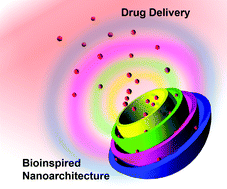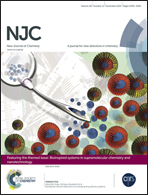Bioinspired nanoarchitectonics as emerging drug delivery systems
Abstract
We propose an important paradigm shift in the preparation of functional materials with well-designed nanostructures, from the nanotechnological to the nanoarchitectonic approach. Nanoarchitectonics is a methodology for arranging nanoscale structural units in the required configurations for new functional materials by the sophisticated combination and harmonization of several processes including atom/molecule manipulation, chemical nanomanipulation, field-induced materials control and controlled supramolecular self-assembly. In particular, nanoarchitectonics bears features of nanoscale phenomena including their flexibility and uncertainty of structure due to the unavoidable influence of thermal fluctuation. It shares characteristics with structural constructions in biological systems and could become a powerful bioinspired approach for materials science. Here, we focus on examples involving drug delivery functions due to these promising applications of bioinspired materials research. We commence with a discussion of recent developments involving assemblies of small amphiphilic molecules, polymer micelles and molecular conjugates and follow this with examples of challenging concepts including inorganic nanostructure design for drug delivery and mechanically controlled drug release. The new concept of bioinspired nanoarchitectonics could significantly expand the possibilities of systems design for drug delivery.

- This article is part of the themed collection: Bioinspired systems in supramolecular chemistry and nanotechnology

 Please wait while we load your content...
Please wait while we load your content...